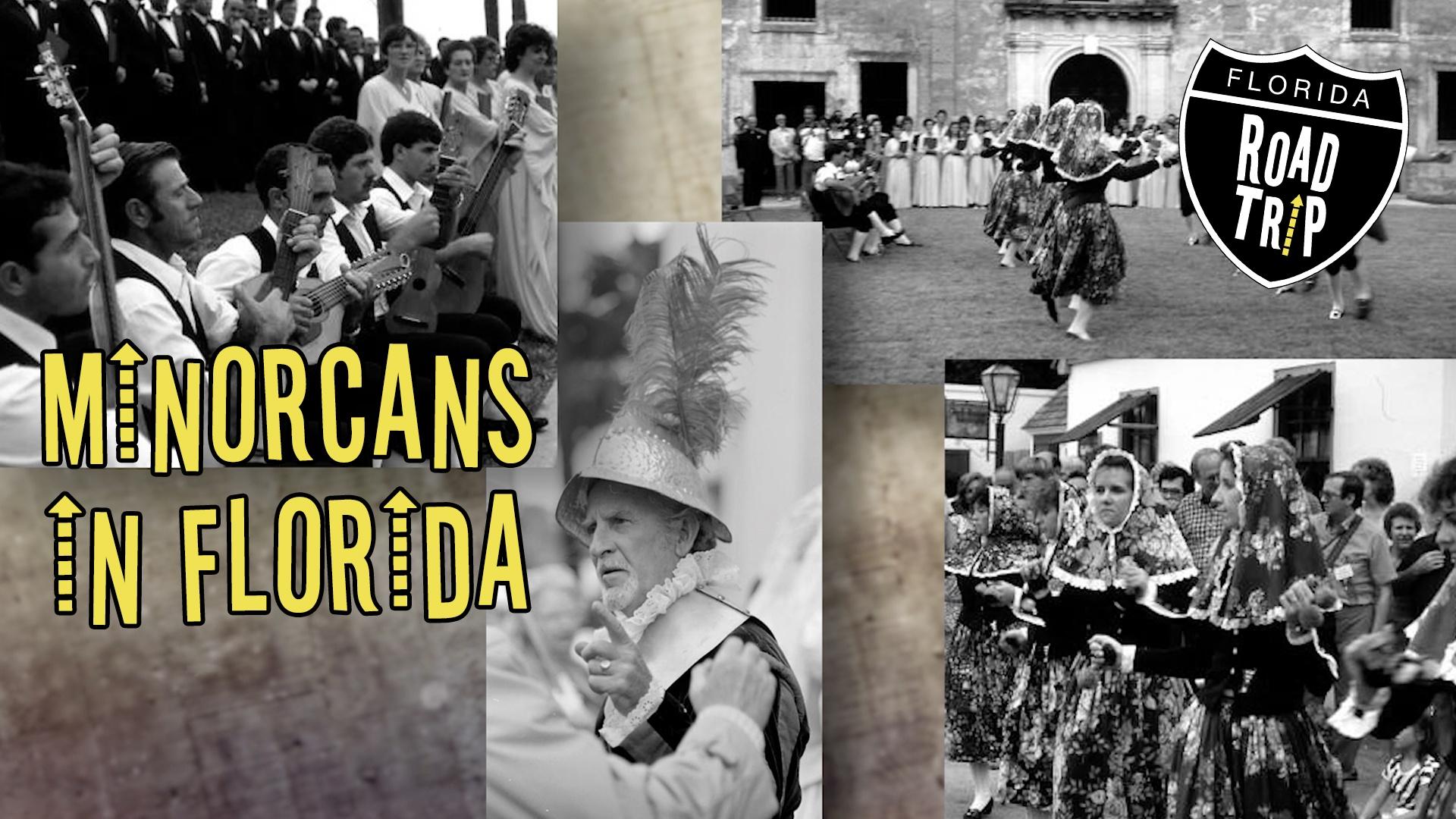You can’t talk about the history of St. Augustine without exploring the Minorcan population and influence. Let me start by saying you’ll see it spelled Minorcan or Menorcan, almost interchangeably through town, but it refers to the people who can trace their ancestry back to Menorca (Minorca) a barrier island belonging to Spain. A group of Minorcans made their way to St. Augustine in 1777 and have stayed there for generations and they make a large part of the DNA. St. Johns County has about 300,000 people living there and about 30 to 40,0000 of them are Minorcan. If you visit the city, you likely to meet someone of Minorcan heritage and many of the restaurants will carry Minorcan influenced dishes like chowder, pilau or in a sauce for the fried shrimp. If you want to do your own walking tour of Minorcan Heritage sites, you can pick up a free pamphlet at the Visitor’s Center (10 Castillo Dr.) or Flagler College (74 King St.) called the Minorcan Heritage Experience. It highlights 15 Minorcan areas downtown that you can see while exploring the rest of the history. One example is a statue in the courtyard of the Cathedral Basilica that depicts Father Camps with a Minorcan family and on the back is a plaque with Minorcan names.
For more on the history of Minorcans, watch the video below:



